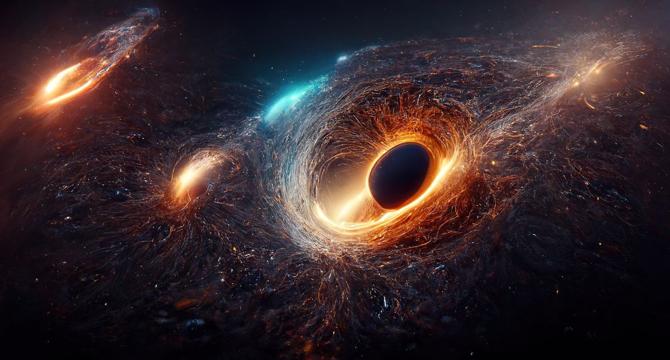Livescience
1M
307

Image Credit: Livescience
Scientists may have just discovered 300 of the rarest black holes in the universe
- Astronomers have used the Dark Energy Spectroscopic Instrument (DESI) to discover 2,500 candidate dwarf galaxies with feeding black holes, and 300 intermediate-mass 'missing link' black hole candidates.
- This is the largest haul of either black hole type ever made and will help astronomers understand how black holes grow and shape the galaxies around them.
- The black holes found inside dwarf galaxies are expected to fall within the intermediate-mass range, but only 70 of the newly-discovered intermediate-mass black hole candidates overlap with dwarf AGN candidates.
- Further exploration is needed to understand the relationship between black hole formation mechanisms and the types of galaxies they inhabit.
Read Full Article
18 Likes
For uninterrupted reading, download the app